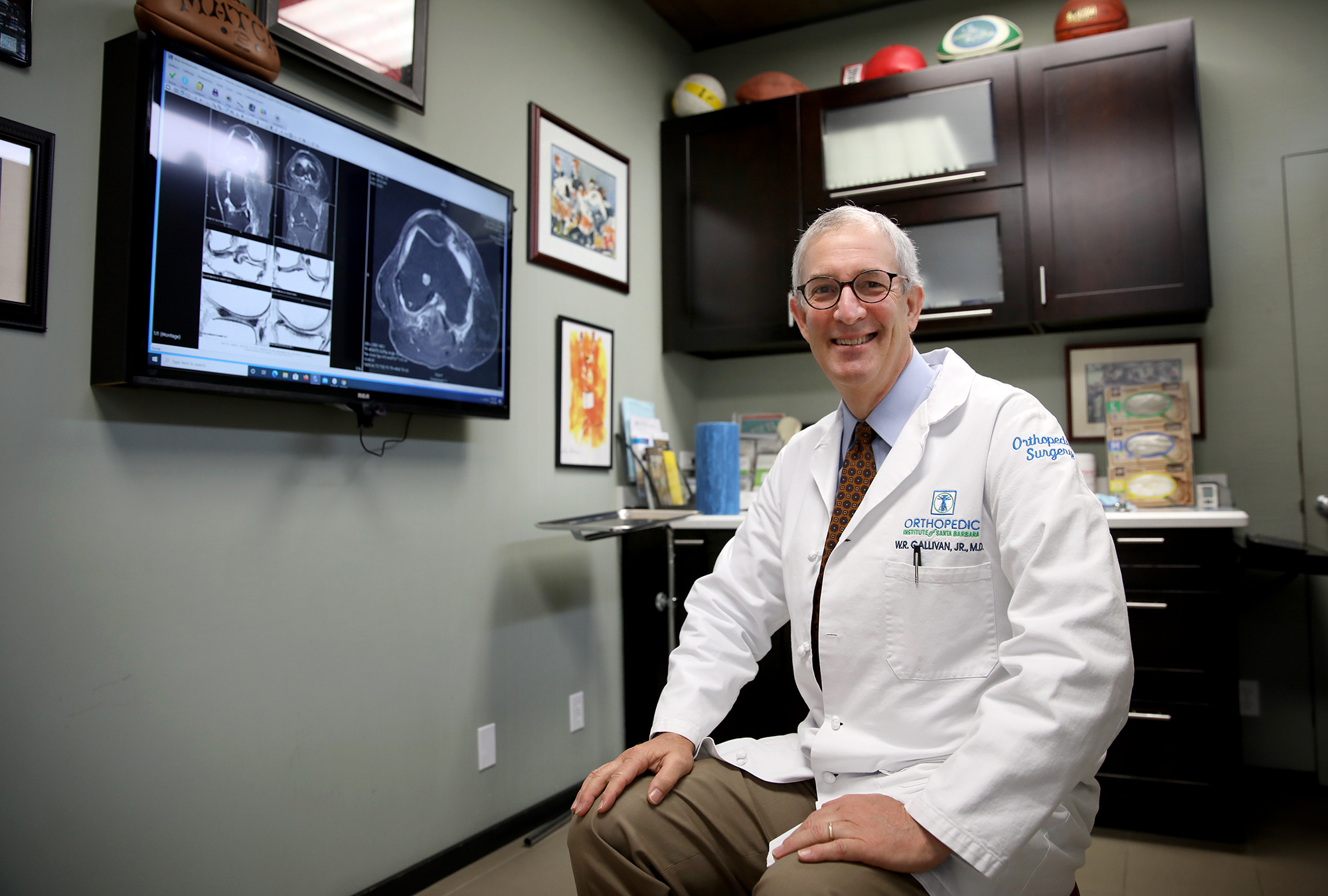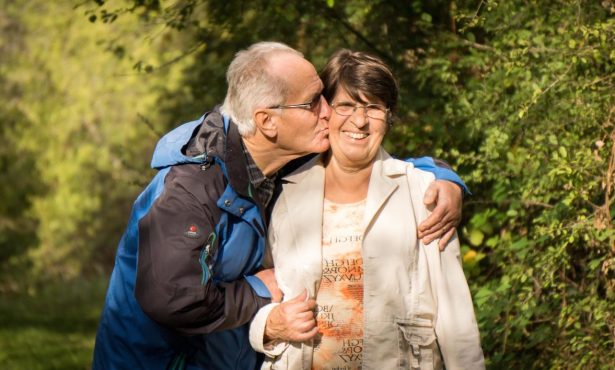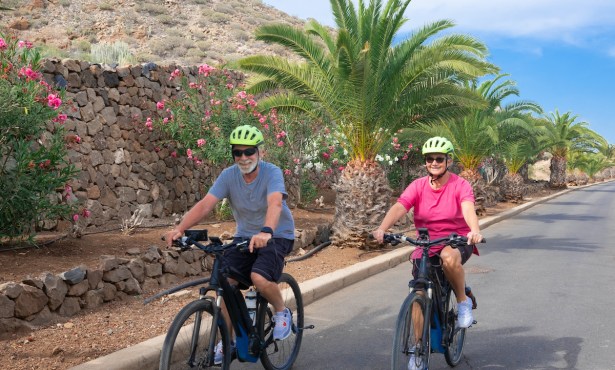Santa Barbara’s Shift to Telemedicine
Dr. William Gallivan’s Orthopedic Institute of Santa Barbara Uses Science to Connect with Patients

All it took was a pandemic and a government-mandated shutdown, but it looks like telemedicine — the modern version of the house call — is here to stay.
Dr. William Gallivan and his team at Orthopedic Institute of Santa Barbara were using telemedicine on a limited basis for years before COVID-19, primarily for out-of-town patients who wanted to discuss possible surgical procedures and for short, post-surgical follow-up appointments. So when the pandemic mandated physicians to digitize their health-care process in March — while lifting some privacy restrictions to allow virtual exams — his office was better prepared than most. Even with restrictions now eased, the Orthopedic Institute is managing more than one-third of patient visits via telehealth.
Get the top stories in your inbox by signing up for our daily newsletter, Indy Today.
In order to train seniors and other non-digital natives in the process, Gallivan is a “heavy utilizer of scribes,” enlisting tech-savvy, pre-med students to work with patients in advance of their appointments to set up remote communication. There’s a learning curve. “Sometimes it’s three or four calls to connect,” said Gallivan. “And with the outliers, it takes me two days of calling them to actually get a connection to do the telehealth. But most of them, more than 90 percent now, are set up and engaged with the telemedicine portal.”
How does this work for orthopedic exams, say, for a bad knee? “If it’s not a post-op, the patient actually can do a self-examination as we instruct them how to do it,” he said. “If we can see their range of motion, assess the swelling a little bit, and they can point out where it’s tender, we have a reasonable way to assess the problem and make recommendations.”
He plans to continue with telehealth as a bigger part of the practice even when the pandemic is over. Of course, he can’t replace the first post-op visit, when sutures are removed — “at least it would be a bit more of a challenge,” he said — but telemedicine works well for the six-week checkups. “We can really be quite effective,” he said. “The communication has been excellent. Actually, some of it may even be better than the in-person stuff, because you are looking at the screen, instead of staring at a knee most of the time, you’ve got the patient’s face right there. The nonverbal communication is important, and I think we get that with telemedicine pretty well.”
He’s been happily surprised with how well it works, leaving visits confident that he provided a good service and not a second-rate one just because it is remote.
“It’s certainly not perfect, and I’m a big fan of in-person communication,” he said. “But the efficiency of not having sick people that have to travel for a meeting, and being able to get stuff done and having direct communication, is enhanced.”
Orthopedic Institute of Santa Barbara: gallivanmd.com
Every day, the staff of the Santa Barbara Independent works hard to sort out truth from rumor and keep you informed of what’s happening across the entire Santa Barbara community. Now there’s a way to directly enable these efforts. Support the Independent by making a direct contribution or with a subscription to Indy+.



